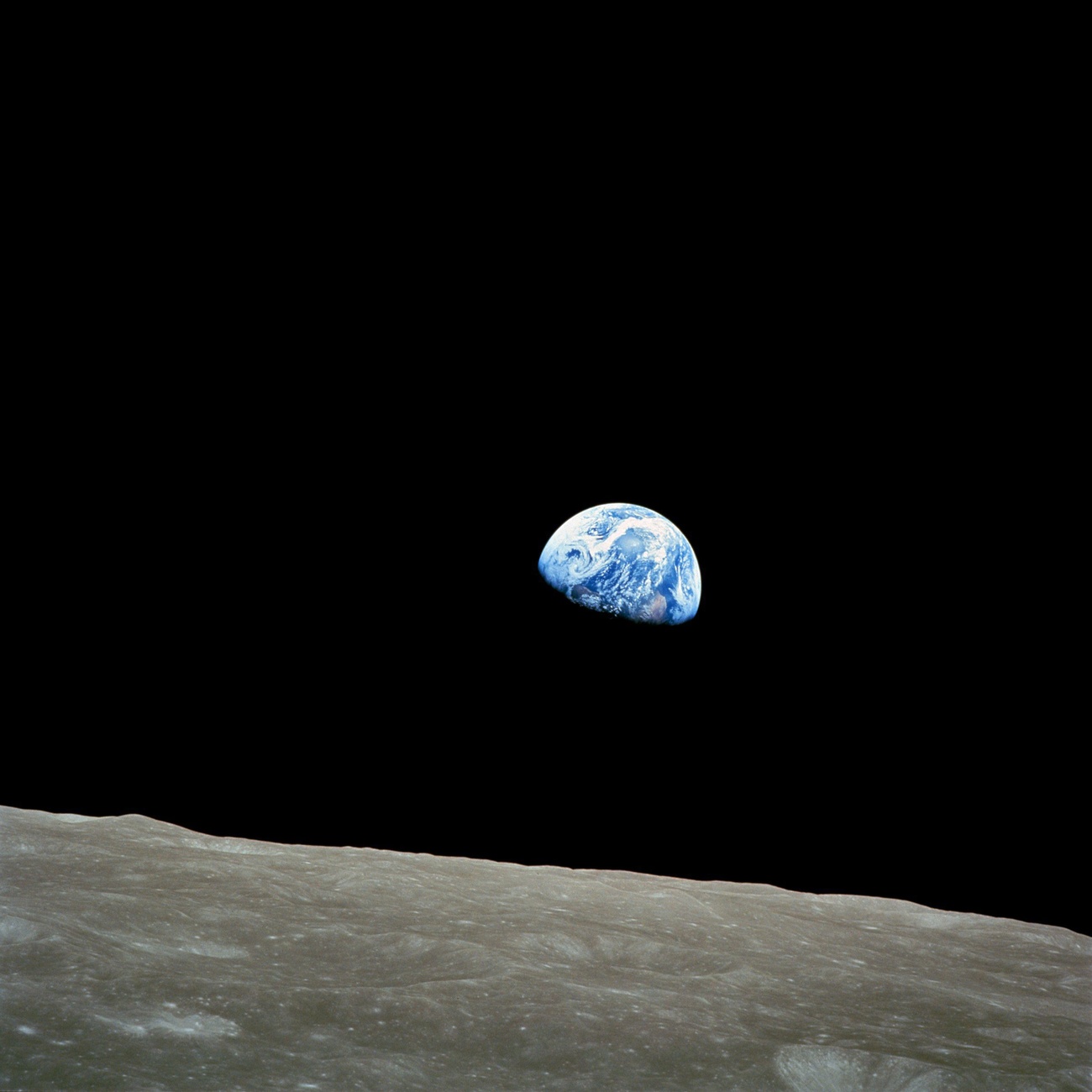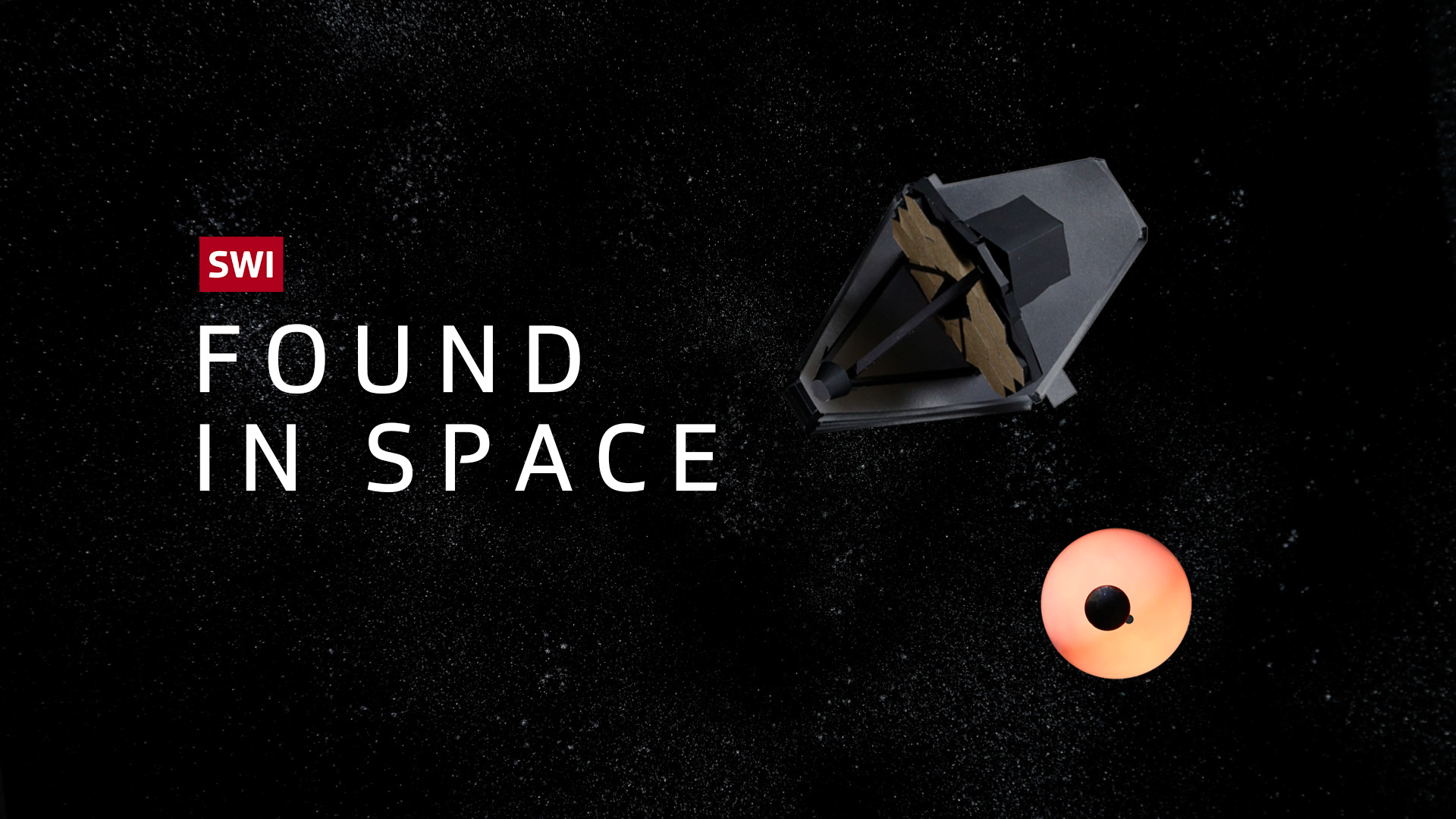
Scientists uncover new insights into the Earth’s formation

An international research team led by scientists from Zurich believe they have found a new theory behind how the Earth was formed.
“The prevailing theory in astrophysics and cosmochemistry is that the Earth formed from chondritic asteroids. These are relatively small, simple blocks of rock and metal that formed early on in the solar system,” explainsExternal link the study’s lead author, Paolo Sossi, Professor of Experimental Planetology at the federal technology institute ETH Zurich.
“The problem with this theory is that no mixture of these chondrites can explain the exact composition of the Earth, which is much poorer in light, volatile elements such as hydrogen and helium than we would have expected.”
Scientists have come up with various theories over the years to explain this, suggesting that collisions of the materials that later formed the Earth resulted in huge amounts of heat and vapourised the lighter elements.
But Sossi says these earlier theories are disputed as soon as you start looking closer at the Earth’s isotopic composition.
“The isotopes of a chemical element all have the same number of protons, albeit different numbers of neutrons. Isotopes with fewer neutrons are lighter and should therefore be able to escape more easily,” he said.
“If the theory of vaporisation by heating were correct, we would find fewer of these light isotopes on Earth today than in the original chondrites. But that is precisely what the isotope measurements do not show.”
The international team from Switzerland, Germany, the United States, France and Australia therefore looked for another solution. They believe that the planets in the Solar System formed over time, with smaller grains growing into the planetesimals – small bodies of accreted gas and dust – by accumulating material via their gravitational pull.

More
In space exploration, Switzerland punches above its weight
Unlike chondrites, planetesimals have been heated enough to create a separation between their metallic core and rocky mantle. In addition, planetesimals formed at different areas around the Sun, or at different times, can have very different chemical compositions.
The team ran simulations of thousands of planetesimals colliding to see if they could reproduce bodies similar to the four rocky planets Mercury, Venus, Earth and Mars. The simulations showed that not only could a mixture of many different planetesimals have formed the Earth, but that a planet with the Earth’s composition is the most statistically likely outcome.
“Even though we had suspected it, we still found this result very remarkable,” Sossi said. “We now not only have a mechanism that better explains the formation of the Earth, but we also have a reference to explain the formation of the other rocky planets.”
The mechanism could be used, for example, to predict how Mercury’s composition differs from that of the other rocky planets. Or how rocky exoplanets of other stars might be composed.

More
A glimpse into the origins of the universe

In compliance with the JTI standards
More: SWI swissinfo.ch certified by the Journalism Trust Initiative




























You can find an overview of ongoing debates with our journalists here . Please join us!
If you want to start a conversation about a topic raised in this article or want to report factual errors, email us at english@swissinfo.ch.